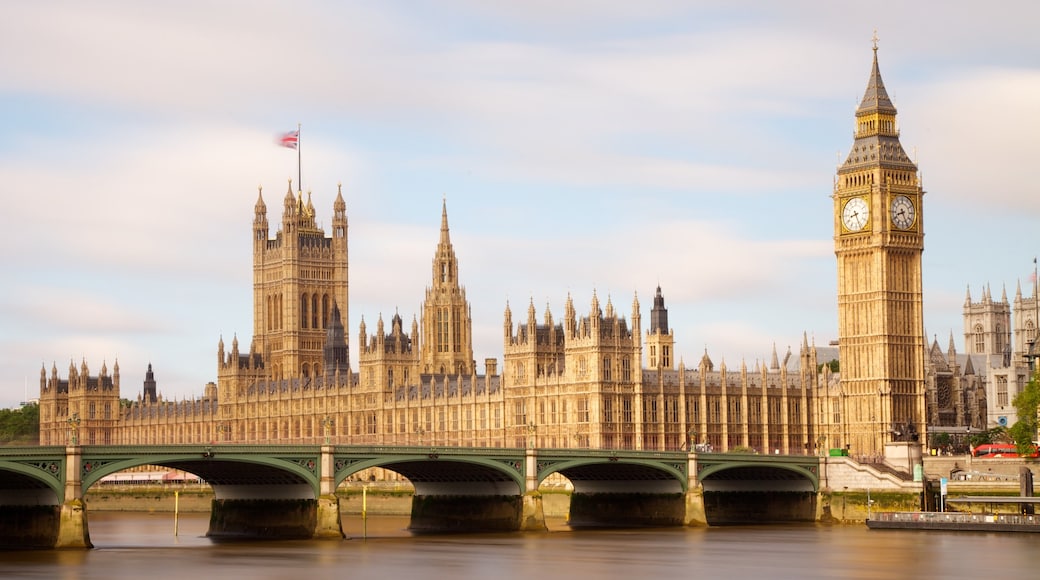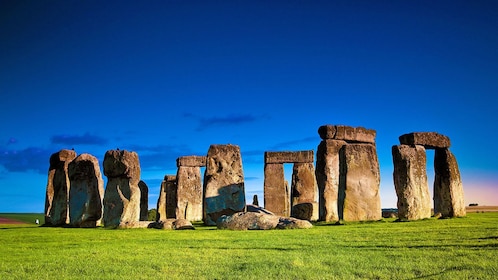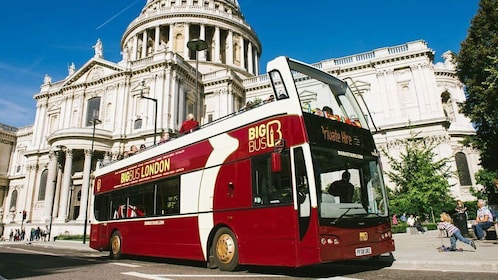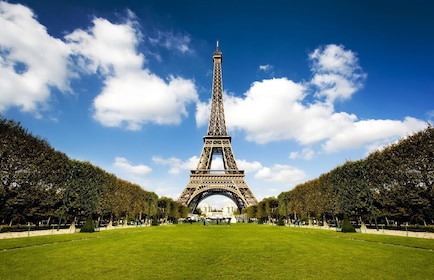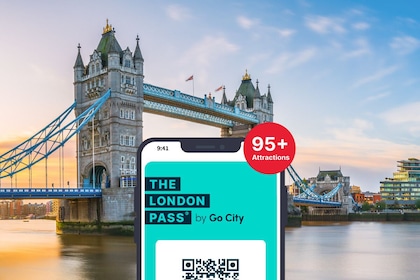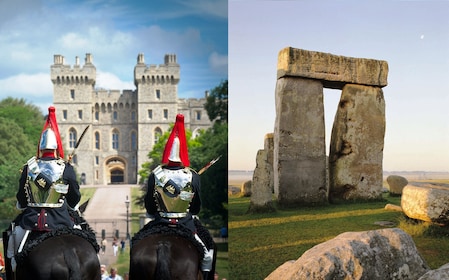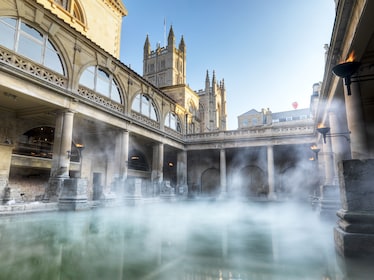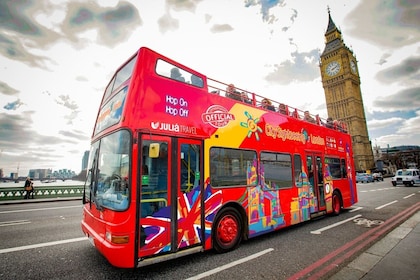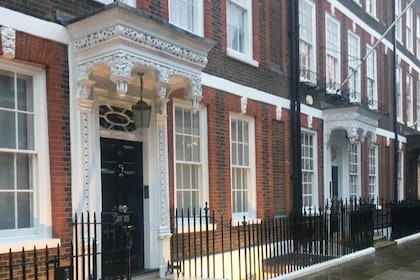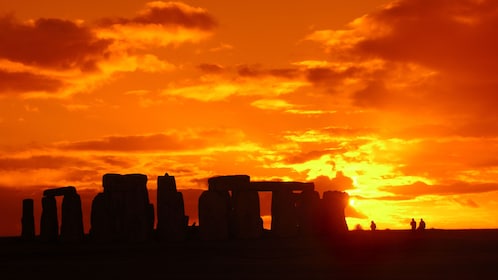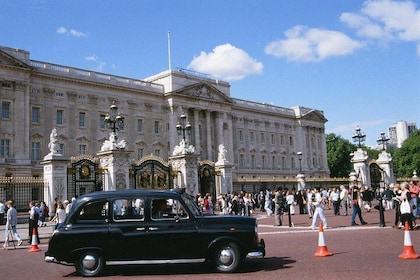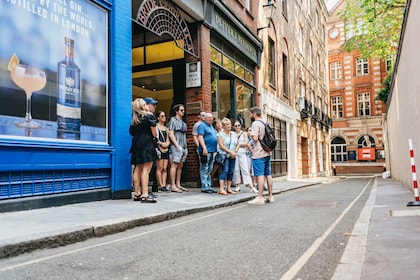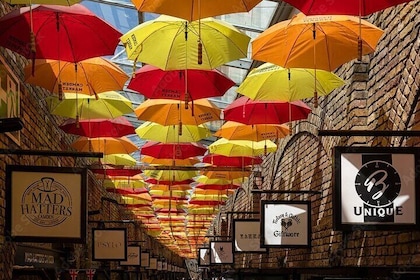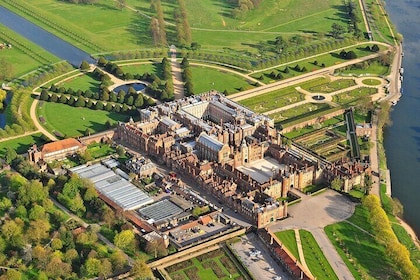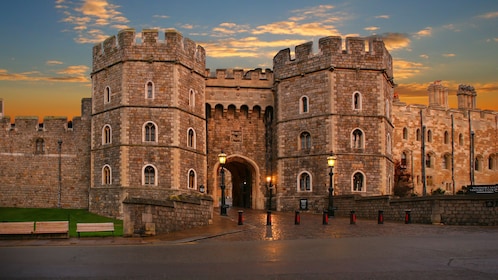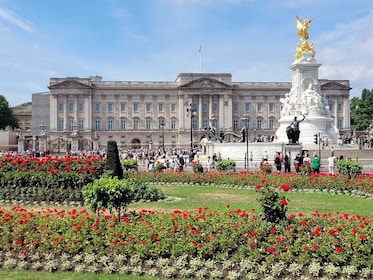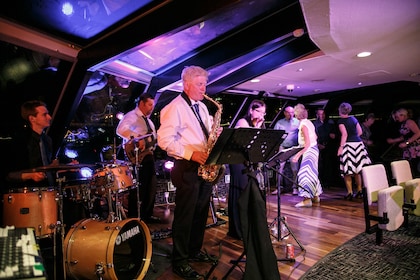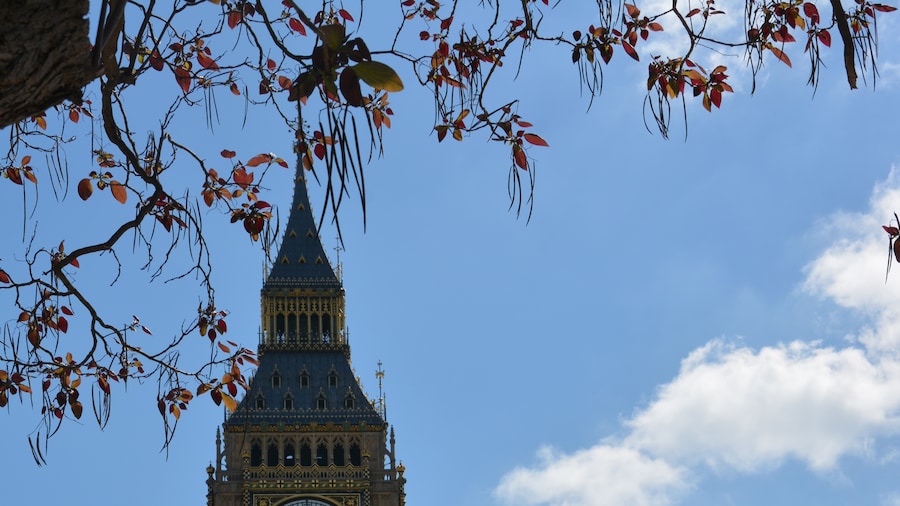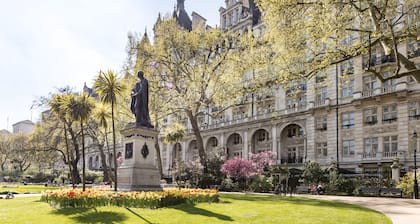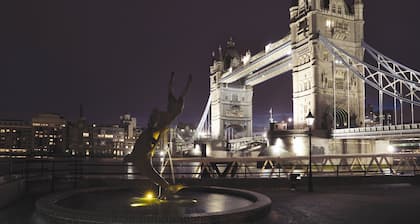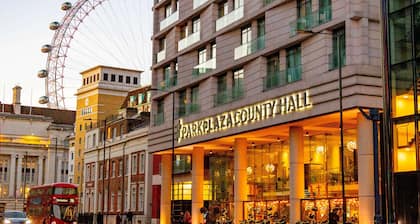When you spot Big Ben standing proud beside the River Thames, you couldn’t be anywhere else in the world other than London. One of the city’s best-loved icons, it is an immediately recognisable fixture of the London cityscape next to Westminster Bridge.
The name bestowed upon the biggest of the clock tower’s bells, Big Ben is now shorthand for the whole tower. The Great Bell itself weighs a whopping 13,760 kilogrammes, peeling every 15 minutes before sounding out its familiar chime across the heart of the city at the top of each hour, as it has done ever since it was first heard back in July 1859.
When building was completed the previous year, the clock tower is said to have taken its famous nickname from London’s Commissioner of Works, a stout gent by the name of Benjamin Hall. Built from brick and limestone and designed by Charles Barry and Augustus Pugin as a monument to the classic Gothic Revivalist style, the tower rises high above Britain’s historic Houses of Parliament. The largest four-faced chiming clock anywhere in the United Kingdom, each of its huge faces has a diameter of seven metres and contains as many as 312 pieces of opal glass.
Come nightfall, you’ll get to see the remarkable façade of Big Ben’s clock face illuminated in the London sky, its ivory-tinted faces visible for miles. Those faces are another enduring icon of this great and historic city, having been dimmed only when the nation has been in crisis for reasons of safety during the two world wars.
You can only enter Big Ben if you are a British citizen and you’re invited on a tour by your Member of Parliament. However, you can still appreciate and admire this dramatic piece of the cityscape. As recently as June 2012, the tower was officially named Elizabeth Tower as a tribute to the Queen on her diamond jubilee, but across the UK it is still fondly known as Big Ben.
Situated in the heart of London, the nearest tube station is Waterloo.
